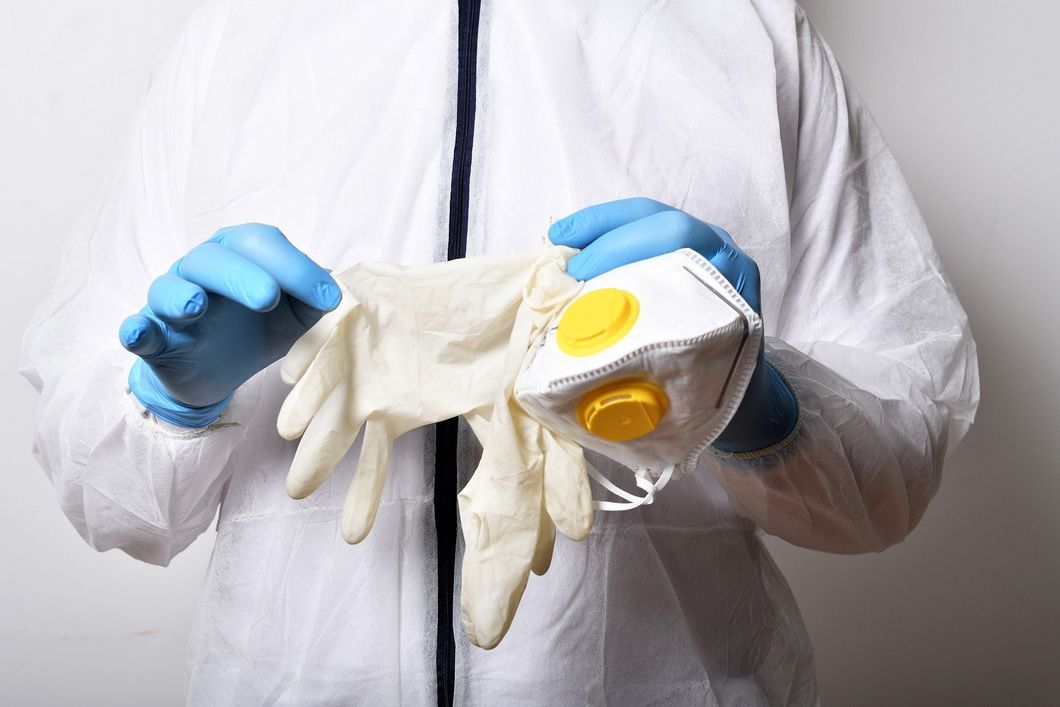Even if you haven't had your nose stuck in the news for the past few months, chances are you've heard about the coronavirus, but you may not know everything about it. Now is your chance to get informed because the media tends to leave some things out.
Origin
The term "coronavirus" actually applies to a family of viruses originally found in animal species including camels, cattle, cats, and bats which were then transferred to humans. The current coronavirus epidemic is named "coronavirus disease 2019" or "COVID-19" and the virus that causes it is known as "severe acute respiratory syndrome coronavirus" or "SARS-CoV-2". COVID-19 specifically is believed to originate from bats in China. At first, there were isolated instances of animal-human transfers of the virus. Then it escalated to human-human transfer until entire communities were being infected.
Growing to Pandemic Proportions
Now it is clear that COVID-19 has become a global issue. It has spread to multiple countries outside of China and is well on its way to becoming a pandemic. It has even reached the US. According to the CDC, on January 31, 2020, Health and Human Services Secretary Alex M. Azar II declared a public health emergency for the United States to aid the nation's healthcare community in responding to COVID-19.
COVID-19 currently exhibits two of the three criteria of a pandemic:
- It has caused severe illness, in some cases resulting in death and
- It has sustained person-to-person spread
The disease will not be declared a pandemic until it meets the third and final criteria of a pandemic which is when more instances of community spread are detected globally. The CDC believes that it is highly likely that COVID-19 will cause a pandemic in the coming months and they are implementing pandemic preparedness and response plans around the country as a result.
Risk
COVID-19 is spreading faster in its first two months than some notable past epidemics like Ebola or the Swine Flu, but COVID-19 has a fairly low fatality rate in comparison. The main people at risk are the elderly and people with underlying health conditions like heart disease, lung disease, and diabetes. Thankfully, in the US, there is not widespread circulation in most communities yet therefore the infection risk for the majority of people is relatively low.
As of now (5:00 pm, March 11th, 2020) The total cases in the US have amounted to 938. Only 29 of those cases have resulted in death. According to the CDC's very useful COVID-19 case map, the states with the most reported cases are California with 152, Washington with 267, and New York with 173. If you live in or are traveling to these states in the near future, please take precautions.
Protect Yourself
COVID-19 is spread from person-to-person through respiratory droplets produced by the coughs and sneezes of an infected individual. Currently, there is no vaccine nor medications to protect against COVID-19, so here are some precautions to lower your risk of infection and to keep you safe if you are near the location of a recent outbreak.
- Wash your hands
- use a hand sanitizer that contains at least 60% alcohol.
- Avoid touching your eyes, nose, and mouth
- Avoid close contact with people who are sick
- Avoid International Areas with Sustained (Ongoing) Transmission
Symptoms
No matter how many precautions you take, you may still contract the virus. If you feel as though you have contracted COVID-19 the following symptoms may appear 2-14 days after exposure.
- Fever
- Cough
- Shortness of breath
If you are experiencing these symptoms, consult your local health professional and get tested. If you are feeling sick in general or its been confirmed that you do have COVID-19, take these precautions to protect others:
- Stay home
- Cover coughs and sneezes
- Wear a facemask
- Clean and disinfect frequently touched surfaces
Other
- DO NOT rely on media sources for your information. Yes, COVID-19 is serious, but it is not as serious as some media outlets have led people to believe. The media is making this disease seem apocalyptic and that is not the case. This has caused mass panic and hysteria. Many stores are running out of sanitization items like toilet paper, masks, hand sanitizer, and hand soap as a result.

















